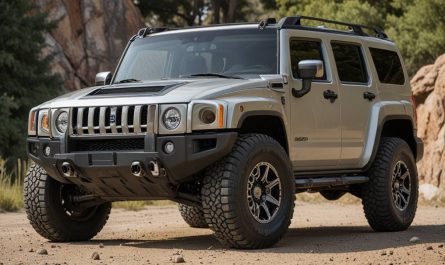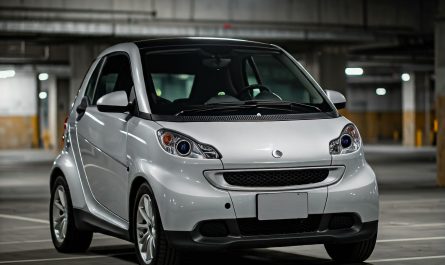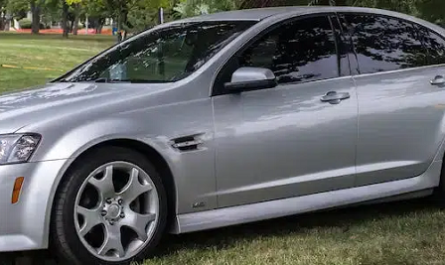Introduction:
For more than 40 years, the renowned luxury sedan 2025 BMW 3 Series has set the standard for innovation, performance, and design in the automotive sector. The 3 Series has seen multiple changes since it was first introduced in 1975, with each version building on the popularity of the one before it. We will examine the BMW 3 Series‘s history, features and design, performance capabilities, safety and technology, and what sets it apart from other cars in its class in this article.
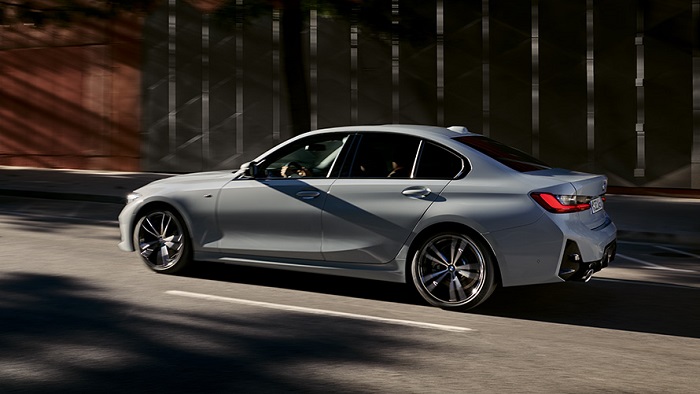
Read more: Toyota Camry Price And Review
A Brief History of the BMW 3 Series:
The BMW 02 Series was replaced by the first-generation BMW 3 Series, codenamed E21, which was introduced in 1975. The E21’s design prioritized performance and handling while aiming to be a more manageable and nimble substitute for the larger BMW 5 Series. The 316, 318, and 320 were the first models in the line, with 1.6 to 2.0 liter engine options.
Six generational changes have been made to the 3 Series throughout the years, and each one has brought forth notable advancements in performance, design, and technology. The famous M3 model, which was first offered by the E30 (1982–1991), set the standard for high-performance sedans. The 3 Series coupe and convertible body variants were first available for the E36 (1991–1998), whereas the E46 (1998–2006) significantly increased safety and technology.
The outside design of the E90/E91/E92/E93 (2006-2013) generation had a significant redesign, becoming more angular and aggressive. The F30/F31/F32/F33 (2012-2019) generation brought enhanced safety features including blind spot identification and lane departure warning along with a more potent and efficient engine range. The G20/G21/G28 (2019–present) generation is distinguished by its advanced technological features, better performance, and more elegant design.
Design and Features:
The sleek and athletic design of the BMW 3 Series is well-known, and it has changed over time to embrace contemporary style cues without sacrificing its distinctive BMW DNA. With a bigger kidney grille and thinner headlights, the front fascia of the latest G20 generation is more aggressive. Dynamism is derived from the sloping roofline and curving lines, while sportiness is added by the L-shaped taillights and the back haunches.
The 3 Series’ interior is an exquisite example of luxury and ergonomic design. The 12.3-inch digital instrument cluster and the 10.25-inch infotainment screen in the driver-centric cockpit are controlled by voice commands or the iDrive system. Premium materials like leather, wood, and metal are used to adorn the cabin, which also has features like a panoramic sunroof, heated and ventilated seats, and a heads-up display.
Read more: 10 Common Bad Fuel Pump Symptoms and Repair
Performance Capabilities:
The 320i, 330i, and M340i are just a few of the gasoline and diesel engines that are available for the BMW 3 Series. The 3.0-liter turbocharged inline-6 engine in the 330i generates 382 horsepower and 369 lb-ft of torque, while the 2.0-liter turbocharged inline-4 engine in the 320i produces 248 horsepower and 258 lb-ft of torque. A 3.0-liter turbocharged inline-6 engine with 382 horsepower and 369 lb-ft of torque powers the top-of-the-line M340i.
There are several different gearbox options for the 3 Series, such as an 8-speed sport automatic, an 8-speed automatic, and a 6-speed manual. Some versions come equipped with the xDrive all-wheel-drive technology, which improves traction and stability in bad weather.
Specifications:
- Engine: 2.0-liter turbocharged inline-4, 3.0-liter turbocharged inline-6
- Drive Type: Rear-wheel drive, all-wheel drive
- Length/Width/Height: 182.7/71.9/56.8 in
- Wheelbase: 112.2 in
- Curb Weight: 3,540-3,840 lbs
- Horsepower: 248-382 hp
- Torque: 258-369 lb-ft
- Transmission: 6-speed manual, 8-speed automatic, 8-speed sport automatic
- Fuel Economy (mpg): 26-36 city, 36-45 highway
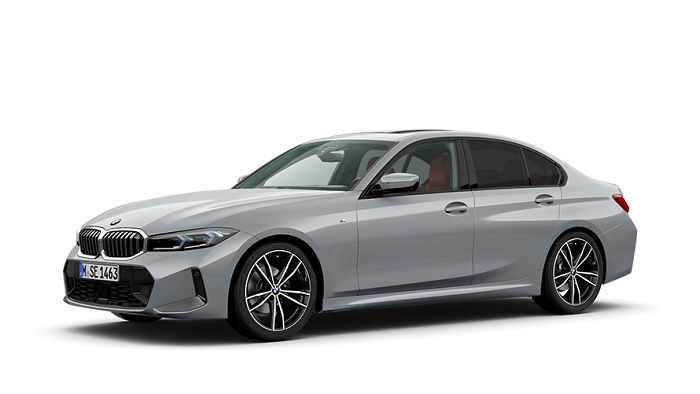
Safety and Technology:
A wide range of safety measures are available on the BMW 3 Series, such as:
- Forward collision warning and automatic emergency braking
- Lane departure warning and lane keeping assist
- Blind spot detection and rear cross traffic alert
- Adaptive cruise control with stop-and-go functionality
- Parking assistant with surround view camera system
Additionally, the 3 Series has cutting-edge driver aid technologies, such as:
- BMW’s semi-autonomous driving system, which enables hands-free driving on the highway
- Active lane change assist, which assists the driver in changing lanes
- Evasion aid, which helps the driver avoid obstacles
Pricing and Trim Levels:
There are several trim levels for the BMW 3 Series, and each one offers a different combination of features and conveniences. The starting price for the 330i is $44,550, while the base 320i is $41,250. The high-performance M3 starts at $69,900, while the range-topping M340i starts at $56,250. Select models come with the option of the xDrive all-wheel-drive technology, which raises the basic price by $2,000. Optional features include the $2,500 Premium Package, which adds gesture controls and a heads-up display, and the $3,500 Executive Package, which adds a panoramic sunroof and adaptive cruise control. When fully equipped, a 3 Series can cost over $70,000, making it a high-end model in the luxury sedan market.
Conclusion:
The brand’s dedication to luxury, performance, and innovation is demonstrated by the BMW 3 Series. It is understandable why the 3 Series continues to set the standard for luxury sedans with its illustrious past, elegant appearance, and potent performance. The 3 Series has everything to offer both busy executives and enthusiasts for driving. It’s the ideal car for individuals who want the finest thanks to its cutting-edge safety features, opulent comforts, and state-of-the-art technology.
